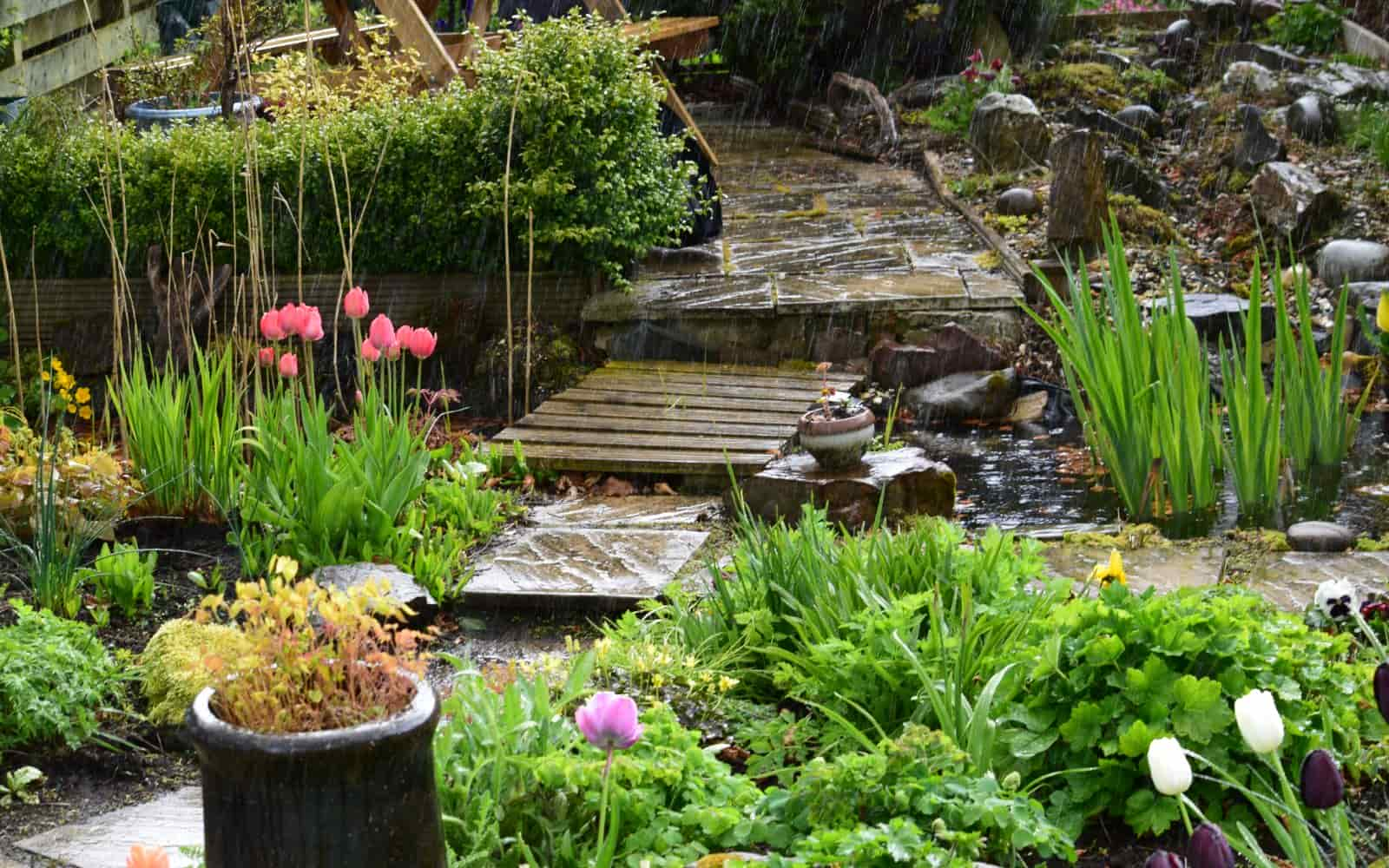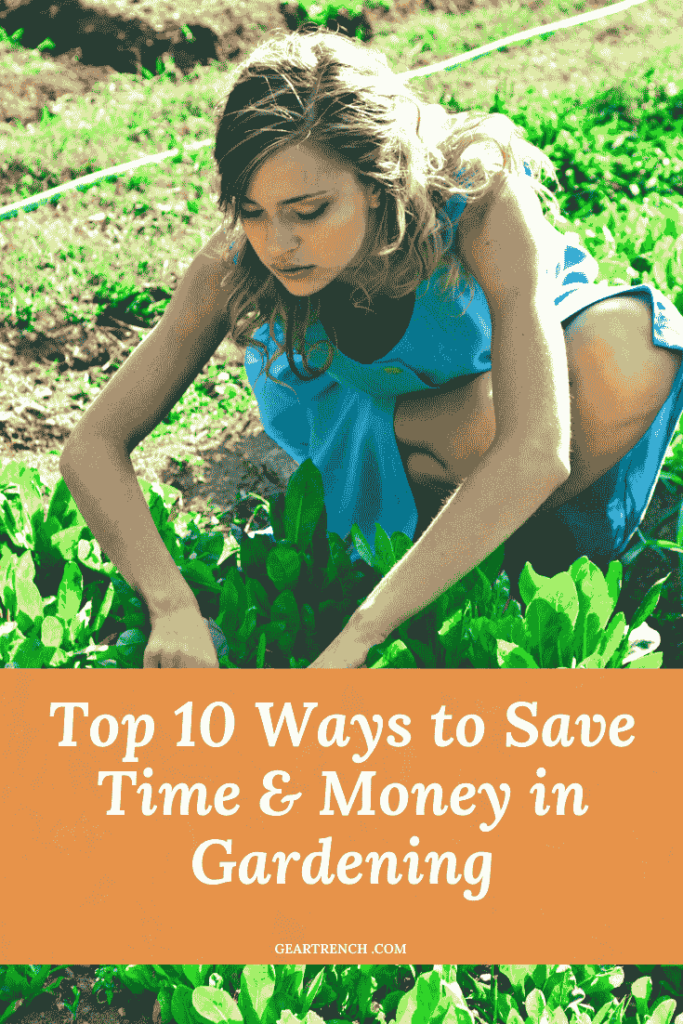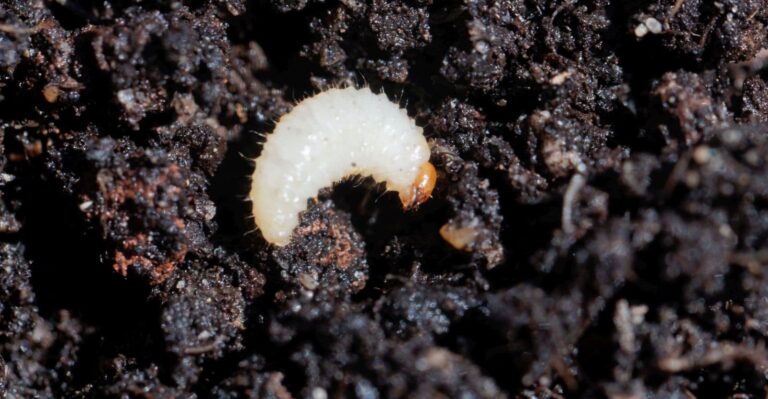Amazon has put together some great Home Gift Deals – save money and get your shopping done at the comfort of your home! Click here to see deals on Amazon
Gardening is a lot of fun. It’s always surprising to see how quickly the gardens turn from large, brownish, sad-looking areas into a lush green color, healthy plants with little care.
But behind many lush green gardens, there are usually hours of work and labor by the garden owner.
If you’re relatively new to gardening or even a seasoned gardener, this article takes you through the basics that will make gardening more comfortable and save you time and money.
1. Focus More On Plant Growth Than Care
Plants want to grow unhindered. They need the right condition and environment to grow. It’s inherent in the plant to make seeds sprout and buds bloom.
Most plants can take care of themselves. They want to make newer seeds and drop them or send out running roots to grab a deeper part of the ground.
Start with having a good understanding of the best environment the plant can grow, and you will cut down your gardening task in half. Sow plants where they belong, in the proper growing condition, and they will flourish without you actively managing them.
2. Know The Hardiness Zones And Growing Condition Of Plant
Most garden plants can adapt to a wide range of soil conditions. They will thrive in the sun but can sustain themselves in a partial shade without much fuss. Some plants may even adapt to different weather conditions such as cold, heat, humidity, and rainfall.
By knowing the hardiness and the climatic growth condition of the plant, you increase your chance of success without putting much effort into caring and providing the right state to the plant.
For example, zone 7 plants may survive in zone 4 as long as the weather does not change drastically. But if the weather gets too cold, then it will not make it without extra care. To minimize the risk of losing plants, choose the plants based on hardiness zones and growing conditions.

3. Regular Visit To The Garden
A regular visit to the garden allows you to fix any problems before they become too large to handle. As you regularly walk around in the garden, you notice the things that need to be addressed.
This makes the gardening maintenance to be manageable. For example, it’s far easier to pull a weed here and there than to wait once a month for an hour-long weed removal session.
Weeds are much easier to remove when they’re young. Doing things regularly little by little, pulling weeds as they grow during your stroll makes managing your garden less stressful and highly effective.
Do you notice yellowing leaves, an outbreak of aphids, or wilting flowers and plants looking unhappy?
Start taking care of it right away. Place a bird feeder on the lawn so they can come and eat insects such as caterpillars, and moths before they ruin your garden. You can check out the best bird feeder poles here.
You can also cut back the unhappy plant by about a third, or all the way to ground level. Do this when it’s severely infected. Then, simply move the plant to a new spot. Cutting makes it easier for the roots to supply water and nutrients for the remaining growth.
Note:
Spot a ladybug on your plants? Look around for aphids, the favorite food of ladybugs. See weed growing up, nip weeds in the bud before dandelion seed puffs, and float away.
4. Count The Stems
When you have several plants in the garden, hold the top of the plant and check the stems that come out of the ground.
If there is a single stem or cluster of stems going into the soil, don’t divide it. This means the plant has a thick, fleshy taproot, and you risk damaging it by the divide. Plants such as columbine, lupines, and the delphinium are typical examples.
For multiple stem plants, supporting top growth, sprouting up evenly in an area about 10 inches or more, you can divide these plants.
If you’re planting perennial flower plants, then be aware that multiple stems arising from the soil have either fibrous roots or running roots. The fibrous root perennial flower quickly forms the root when they’re sliced apart. The running roots perennial sprout new plants as they travel.
When you’re unsure whether to divide the plant, lift the plant from the ground and see exactly where the roots are. Then determine whether there’s a big enough bunch to slice apart.
5. Find The Right Time To Divide Or Move The Plant
If you ask what’s the right time to divide or move a plant, then anytime is the right time as long as the plant has matured and had tremendous growth.
If you’re dividing perennials, then spring is the best time when the plants are just waking up from a winter’s sleep.
The second-best season is in fall when the bloom has finished, and roots are getting ready for the cold ground. Cut back the plant a few inches above the ground level to help it prepare for fall.
Before you divide or transplant, find out the place where you want to plant it and dig the right size hole. Fill the void with water, let it drain, fill it with water again, and repeat until the water takes several minutes to drain.
This wets the surrounding soil at the root level and prevents soaking water away from the plant. You can layer wood chips or mulch over the wet soil around the plant and leave it for a few days to recover.
Then keep watering it lightly every two to four days, depending on the weather. Then in a few weeks, the roots take a firm hold on the ground and are ready to bloom again.
Read More: Can You Grow Eucalyptus Plant Indoor (And Why You Should)
6. Move Plants In Rainy Day
Plants need water, and the best time to move plants and care for them is during the rainy days. During rain, the plants don’t put much demand on roots to provide it with water.
If you cut or move plants during this time, the roots can recover faster without having to deal with the extra demand of evaporation from the bright sun.
You move plants on a rainy day, and they won’t even wilt. But if you move the same plant on a sunny day, it will look like it’s going to dry and die in a few days before they get back to growing.

7. Multiply Plants From The Existing Bunch
Plants are expensive, and sometimes the success of growing it in your home is way low. You can save money on not buying new plants every summer and multiply it by dividing the existing plant. But splitting a plant need much care and patience, and it only gives you a few plants from an existing plant.
You can speed up getting more plants from existing plants by rooting and cutting the existing plants. If you’re cutting perennials, then it requires patience.
It almost takes a full year for cutting to grow to full size. Taking cutting in early summer is recommended as you’ll need this for new growth. For most places taking a cut from May to June is the ideal time for cutting and planting.
To get started, snip the plant about 6 inches long, strip off the leaves from the bottoms 3 to 4 inches, and place the plant into the soil. Keep the soil moist while it grows and gets held in the ground.
8. Plant Basis On Color And Not On The Mix
Plant seeds are a more natural and cheaper way to have multiple plants in your garden. In most garden centers, you can often find seed packets mixed of one annual in different colors, to get a nice variety of hues. But to make a colorful bunch, plant a swatch of single colors of annuals.
For example, you can plant all blue bachelor’s buttons in a patch or plant an area of only “Rose Queen” cleome next to a spot of Larkspur. Maintaining a single-color patch with various mixes of plants makes it look attractive and distinct.
To help you get started following is super easy annuals to grow from seed.
- Indian Blanket (Gaillardia Pulcehlla)
- Annual sunflower
- Bachelor’s Buttons (Centaurea Cygnus)
- Bread seed Poppy (Papaver Somniferum)
- Calliopsis (Coreopsis Tinctorial)
- Larkspur (Consolida Ajacis)
- Zinnia
9. Save The Seeds
Perennial and biennials don’t produce as many seeds as annual plants. The seedling of perennials is tiny when they first crop up, but they grow fast.
Keep a sharp eye out for the seedlings growing in the garden, each one has a good chance of developing into a beautiful plant.
10. Get Into Container Gardening
Container gardening is the best way to maximize the garden space even if you don’t have much area to begin. Plus, it makes the caring and maintenance of plants much more comfortable as you can move them and place them at more growth desirable places.
You can plant shade-loving perennials and shrubs in right-sized containers. And then place these containers at varying heights to get a distinct look at the plant.
Conclusion
Gardening is a fun activity, but you don’t want to make it strenuous activity. Regardless of your skill level, following the above 10 tips can help you save money and time and allow you to grow a fabulous outdoor garden.








